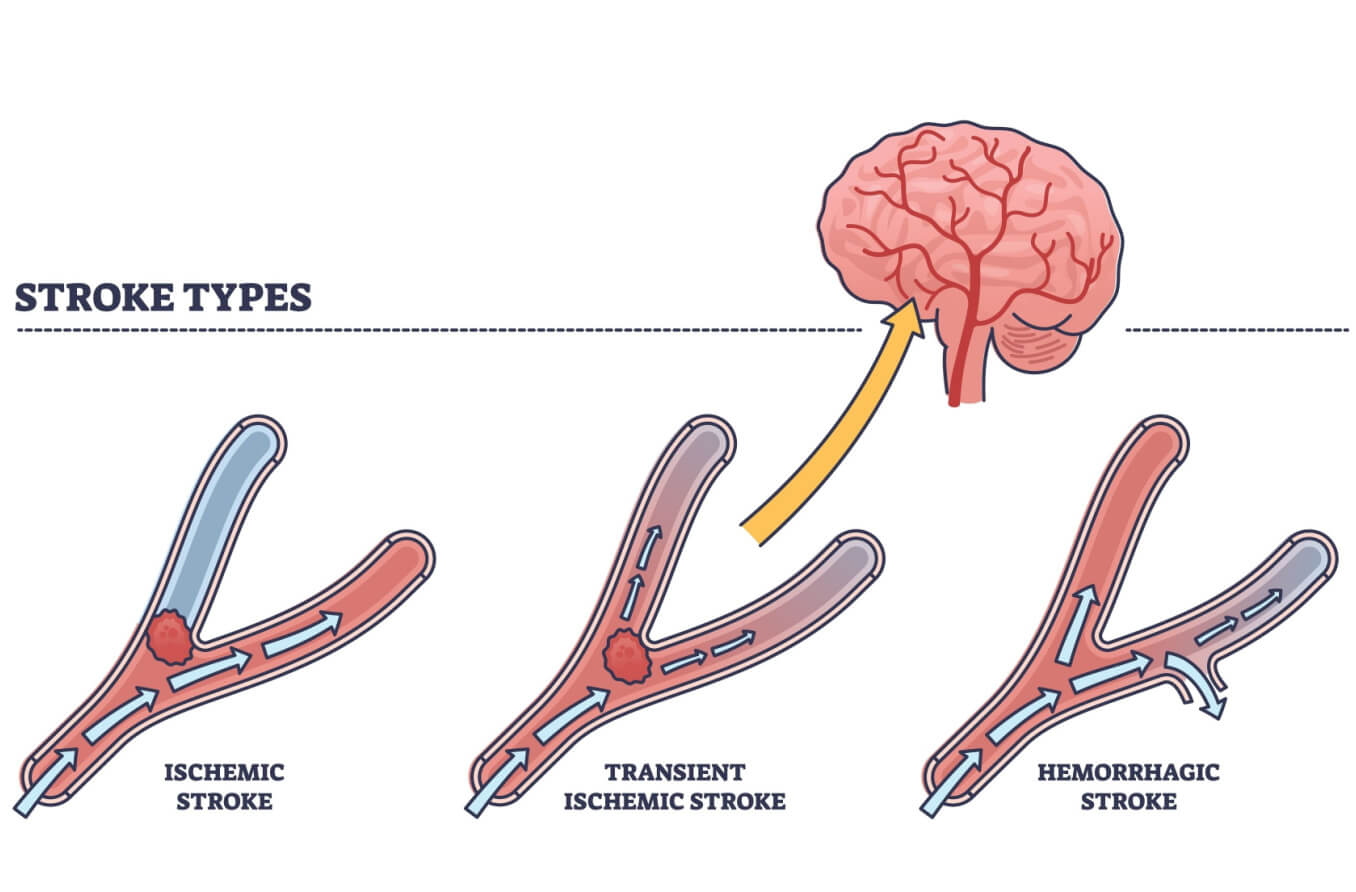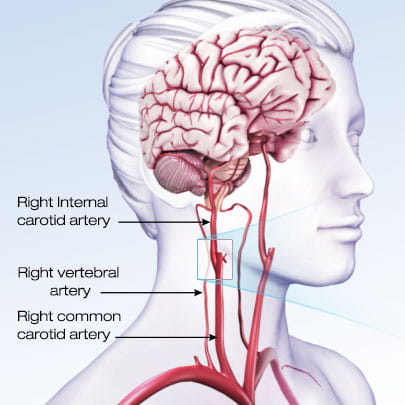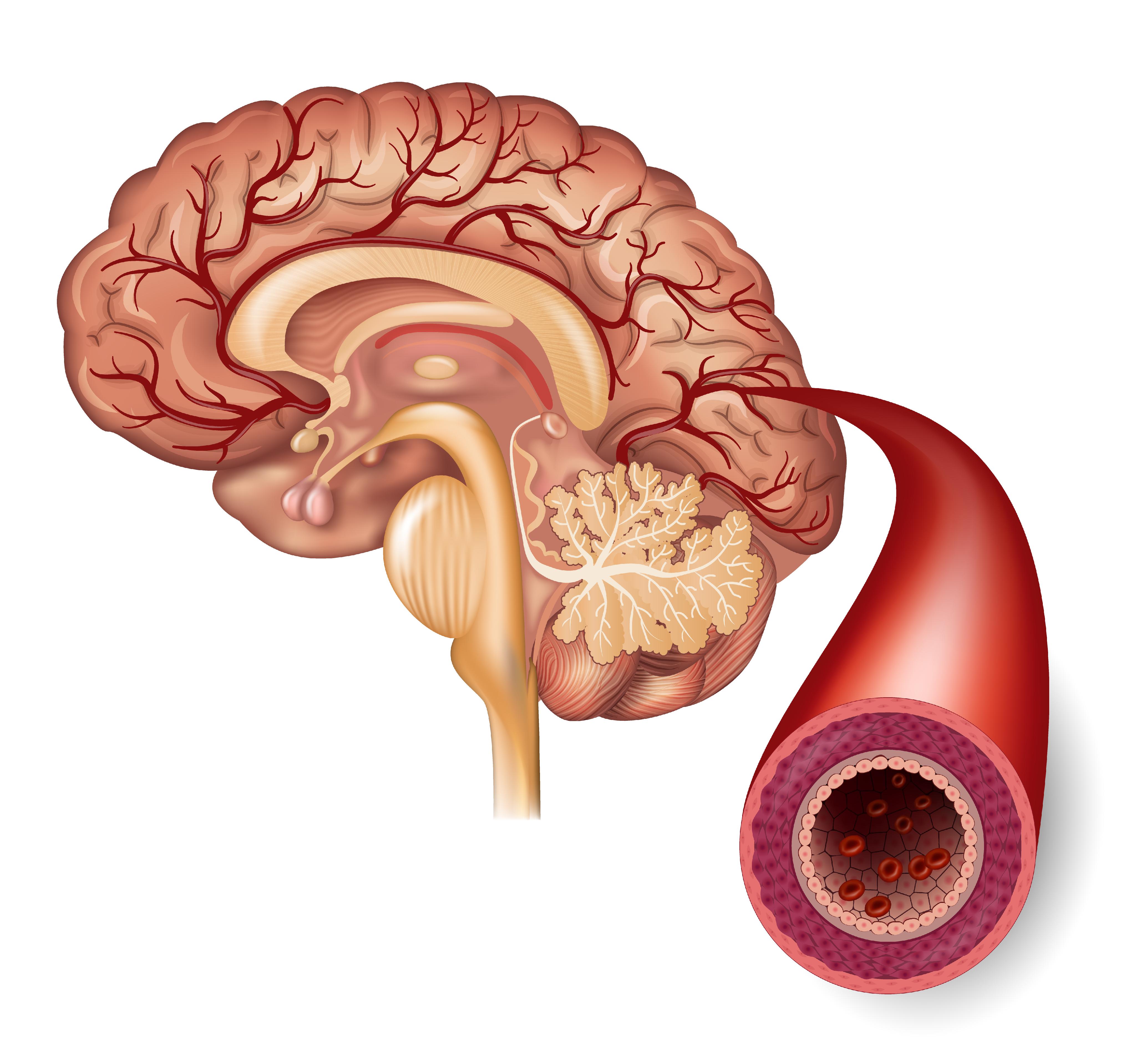Understanding Tia Carrea: A Crucial Warning For Your Health
Imagine, if you will, a sudden, fleeting moment where your body feels just a little off, perhaps a hand goes weak, or words seem to tangle in your mouth. This brief, unsettling experience, what some might call "tia carrea," can be quite startling, and it's something many people might brush off, thinking it's nothing serious. Yet, in some respects, this short episode carries a really important message from your body, a kind of urgent whisper that needs your full attention. It's a moment that, while passing quickly, could point to something bigger going on with your well-being, and understanding it can make all the difference for your future health.
What exactly is this "tia carrea" we are talking about? Well, it's a short period of symptoms that feel very much like those of a stroke. As a matter of fact, it happens when there's a brief blockage of blood flow to the brain, and this temporary interruption is why the symptoms show up. It's usually something that lasts only a few minutes, which might make it seem less worrying at first glance. However, the transient nature of it doesn't lessen its significance; it’s actually a sign you should take seriously.
The reason it's so important to recognize "tia carrea" is that even though it typically doesn't cause long-term harm, it acts as a very clear warning. Think of it as your body giving you a heads-up, a chance to look into what might be happening before something more significant occurs. So, if you ever experience something like this, getting medical attention right away is absolutely key, because the symptoms are the same as those of a stroke, and knowing the difference, or getting checked, could protect your health in a big way.
Table of Contents
- What Exactly is Tia Carrea?
- Recognizing the Signs: When to Seek Help
- Living with Tia Carrea: Support and Management
- The Difference: Tia Carrea vs. Stroke
- Frequently Asked Questions About Tia Carrea
What Exactly is Tia Carrea?
When we talk about "tia carrea," we are referring to a transient ischemic attack, often called a mini-stroke. It's a short-lived event where the brain doesn't get enough blood flow for a brief time. This lack of blood flow means the brain cells don't get the oxygen and nutrients they need, which then causes the symptoms to appear. The really important thing to understand is that while the symptoms are similar to a full stroke, they typically pass quickly, and usually, there isn't any lasting damage to the brain. It's a sort of temporary hiccup in the brain's blood supply, if you will, but one that shouldn't be ignored.
Key Characteristics
A "tia carrea" has some very specific features that help us tell it apart from a full stroke, though the initial experience can be quite similar. For one thing, its symptoms generally last only a few minutes, sometimes even less than an hour. This short duration is a key aspect, as a full stroke's effects tend to be more prolonged and can cause permanent changes. Also, a "tia carrea" doesn't typically cause long-term harm to the brain. This means that once the episode passes, the person usually recovers completely without any lasting physical or mental difficulties. Yet, and this is quite important, a "tia carrea" acts as a very clear warning sign. It's like a signal that there might be a bigger problem with your blood vessels, and it suggests that a full stroke could happen in the future. So, while the symptoms are brief, the message they carry is a very serious one, pointing to a need for careful medical evaluation, apparently.
Here are some core facts about "tia carrea":
- **Nature of Symptoms:** Similar to a stroke, but temporary.
- **Cause:** A brief blockage of blood flow to the brain.
- **Duration:** Usually lasts only a few minutes.
- **Long-Term Damage:** Typically does not cause lasting damage.
- **Significance:** Acts as a significant warning sign for a future stroke.
A Closer Look at the Causes
The main reason a "tia carrea" happens is a brief blockage of blood flow to the brain. This blockage can occur in various ways, but it nearly always involves something getting in the way of the blood vessels that supply the brain. One of the very common causes, for instance, is carotid artery disease. This condition happens when fatty deposits, which we call plaques, start to build up and clog the blood vessels that carry blood to the brain and head. These important blood vessels are known as the carotid arteries, and when they get narrowed or blocked, it can stop enough blood from reaching parts of the brain. Sometimes, a tiny piece of one of these plaques can break off and travel to the brain, causing a temporary blockage. This brief interruption is what brings on the symptoms of a "tia carrea." So, understanding these underlying causes is quite important for preventing future, more serious events, you know?
Recognizing the Signs: When to Seek Help
Recognizing the signs of "tia carrea" is absolutely critical because, as we've mentioned, the symptoms are essentially the same as those of a full stroke. This means that if you experience any of these symptoms, you should seek medical attention right away. There's no time to wait and see if they go away, because distinguishing a "tia carrea" from a stroke in the moment is something only medical professionals can do. It's a situation where every minute truly counts, and getting help quickly can make a real difference in the outcome, possibly preventing more serious health issues down the line. So, if something feels off, get it checked, basically.
What Symptoms to Watch For
The symptoms of "tia carrea" can appear suddenly and might include a range of experiences. You might notice sudden weakness or numbness on one side of your body, perhaps in an arm or a leg, or even one side of your face. It could also involve sudden trouble speaking or understanding what others are saying, where words might come out jumbled, or you just can't seem to grasp simple sentences. Some people experience sudden vision changes in one or both eyes, maybe a blurring or a temporary loss of sight. A sudden, severe headache with no known cause can also be a sign, or perhaps sudden trouble with balance or coordination, making you feel unsteady on your feet. Since these are the very same symptoms you would see with a stroke, if any of them pop up, even for just a few moments, it's incredibly important to get immediate medical help. Don't wait, don't wonder; just act. This immediate response is rather key, as it can help doctors figure out what's going on and start any necessary treatment without delay, you know?
Living with Tia Carrea: Support and Management
Living with the knowledge that you've experienced a "tia carrea" can be a bit unsettling, but there are many ways to manage it and find support. It's a condition that often requires ongoing care and a proactive approach to your health. The good news is that there are communities and medical strategies in place to help you navigate this. Understanding your condition, connecting with others, and following medical advice are all really important steps for anyone who has had a "tia carrea." It's about taking charge of your well-being with good information and a strong support system, basically.
Finding Your Community
One of the most comforting and helpful things you can do after experiencing a "tia carrea" is to connect with others who truly understand what you're going through. There are patient communities, like those found on Mayo Clinic Connect, where you can share your experiences, ask questions, and get support from people who are facing similar situations. It's a place where you can find answers to your questions, perhaps about how others manage their daily lives, or what they've learned about their condition. You can also find support in stroke and cerebrovascular diseases support groups, which are often available through various health organizations. Being part of such a community can make a big difference, helping you feel less alone and more informed about your condition, as a matter of fact. It's a way to build a network of understanding and shared experiences, which is quite valuable.
Medical Approaches and Care
After a "tia carrea," your medical team will likely want to do some tests to figure out the cause and to plan the best way forward. You may have tests such as magnetic resonance imaging, often called an MRI, which gives a very detailed picture of your brain and blood vessels. This helps doctors see if there were any changes or if there are areas of concern. If the reason for your "tia carrea" is narrowed blood vessels in your head, which is something that can happen, your doctor might suggest specific treatments. For example, if a large artery is seriously blocked, your medical team might prescribe medications like aspirin or clopidogrel. These medicines help to prevent blood clots from forming. Sometimes, they might also add a medication called cilostazol, especially when a large artery is significantly blocked, to further help with blood flow. Your healthcare provider might also consider other ways to address the narrowed blood vessels, perhaps even a procedure, depending on what's best for your particular situation. The goal is always to reduce the chance of a future stroke, and these medical approaches are very much a part of that plan, you know?
The Difference: Tia Carrea vs. Stroke
It's very common for people to wonder about the difference between a "mini-stroke," which is what "tia carrea" essentially is, and a full, normal stroke. The key distinction lies in the duration of the symptoms and whether there is lasting brain damage. While both involve a temporary disruption of blood flow to the brain, a "tia carrea" is by definition transient, meaning the symptoms go away completely within a short period, and there's no permanent damage to the brain tissue. A full stroke, on the other hand, causes brain cells to die due to prolonged lack of blood flow, leading to lasting disabilities. So, while the initial symptoms can be identical, the outcome is different. This distinction is really important for how doctors approach your care and what steps they recommend next, basically.
Why Early Recognition Matters
The importance of recognizing "tia carrea" quickly cannot be overstated. Think of it as a very clear warning signal, a kind of red flag your body is waving. Approximately one out of every three people who experience a "tia carrea" will, at some point, have a full stroke. This statistic alone highlights why immediate medical attention is so vital. If you act quickly when symptoms appear, even if they disappear just as fast, doctors can investigate the underlying cause. They can then start treatments that might prevent a more serious, debilitating stroke from happening later on. It’s about seizing the opportunity that "tia carrea" presents to make changes or receive care that could truly save your life or prevent long-term disability. So, in a way, it's a chance to get ahead of a potentially much bigger problem, which is pretty significant.
Frequently Asked Questions About Tia Carrea
Here are some common questions people often ask about "tia carrea," which we hope will offer some more clarity:
1. What exactly causes a "tia carrea" to happen?
A "tia carrea" happens because of a brief blockage of blood flow to the brain. This is often due to things like fatty deposits, called plaques, that can clog the blood vessels, particularly the carotid arteries that bring blood to your head and brain. Sometimes, a tiny piece of one of these plaques can break off and temporarily block a smaller vessel in the brain, causing the symptoms to appear, and then pass quickly.
2. How can I tell the difference between a "tia carrea" and a regular stroke?
The main difference between a "tia carrea" and a regular stroke is how long the symptoms last and whether there's lasting damage. With a "tia carrea," the symptoms are short-lived, usually just a few minutes, and there's no permanent brain damage. A regular stroke, however, causes lasting brain damage because the blood flow is cut off for a longer time, leading to more prolonged and often permanent symptoms. But remember, the initial symptoms are the same, so always seek immediate medical help, basically.
3. What kind of tests might I have if I experience symptoms of "tia carrea"?
If you experience symptoms of "tia carrea," your medical team will likely perform tests to figure out what happened and to check your overall health. You may have tests such as magnetic resonance imaging, or MRI, which helps doctors get a very detailed view of your brain and blood vessels. This helps them look for any signs of blockages or other issues that might have caused the "tia carrea" and could lead to future problems, you know?
Understanding "tia carrea" is a really important step in protecting your health. It's a serious warning that needs your immediate attention, even if the symptoms pass quickly. By knowing the signs and seeking help without delay, you're taking a vital step towards preventing more serious health issues. Remember, connecting with others and staying informed about your medical care are also very important parts of living well after experiencing a "tia carrea." To learn more about health conditions and support on our site, and to find out more about ways to support brain health, you can explore our resources.
Today, , we continue to emphasize the need for quick action when these warning signs appear. The more people who understand what "tia carrea" means, the better equipped we all are to respond effectively and safeguard our well-being.
For additional, reliable information on transient ischemic attacks, you can visit a trusted medical resource like Mayo Clinic.

TIA (Transient Ischemic Attack): Symptoms Treatment, 58% OFF

Transient Ischemic Attack (TIA) | American Stroke Association

Transient Ischemic Attack | TIA | Mini-stroke| MedlinePlus